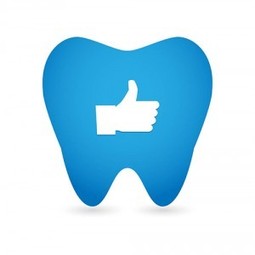VIDEO. Faire régulièrement du sport réduirait la sensibilité à la douleur
19/08/2014Designing for Behavioral Change in Health
20/08/2014Social Media – A Waste of Time in the Health Industry?
The availability of information at the click of a mouse has spawned a generation that goes online for explanations for the aches and pains that plague them. Often, these same users use the internet as a tool to locate and contact health professionals that can provide treatment. It is, therefore, essential for Doctors, Hospitals and Clinics to incorporate social media into their business plans. It has been shown that more than 40% of consumers say that the way they deal with their health is directly affected by information obtained on the internet through social media.
The Mayo Clinic, a healthcare giant, boasts of more than 800,000 followers on Twitter and half a million “likes” on Facebook. This traffic resulted from the clinic’s 2010 establishment of the “Mayo Clinic Center for Social Media”, a department created to determine how social media could be used for the benefit of the organization. In its Mission Statement the Mayo Clinic states that “individuals have the right and responsibility to advocate for their own health, and it is [The Mayo Clinic’s] responsibility to help them use social media tools to get the best information, connect with providers and with each other, and inspire healthy choices.” Googles reports that with the launch of its social media campaign the Mayo Clinic podcast acquired 76,000 listeners.
As with any product being marketed, brand recognition of a healthcare provider is essential. Regardless of the advertising medium – a roadside billboard, an ad on the Yahoo homepage or a TV commercial –distinctive images, an appealing logo and eye catching colors must be employed to promote the product or service. When marketing a service in the healthcare arena an area of import often overlooked is the need to build trust between the patient and the doctor. When those in need of treatment can communicate directly with a doctor through social media, a particular brand can quickly gain the reputation as the ‘go-to’ company in its field. This doctor/patient communication also promotes transparency and ensures trust between doctor and patient. Through social media the Mayo Clinic was able to substantially increase its influence in the field of healthcare.
Google further reports that Youtube videos increase traffic to hospital websites by 119% annually. These videos, replete with patient interviews and “feel good” stories, convert traffic to leads because they have a personal touch and a human quality that can only be conveyed through film.
Health Watch estimates that penetration of the health industry to mobile devices is as high as 87% and that 19% of smartphone owners have at least one “health app” on their mobile device. Does this mean that health care providers need to develop an app to stay in the game? Not necessarily. What this trend does say, however, is that it is important to increase the direct communication between patient and doctor, building that trust, to effectively market to the health community, and that communication should be directed not only at the computer monitor, but at the mobile device as well.
Source: blog.web-op.com




